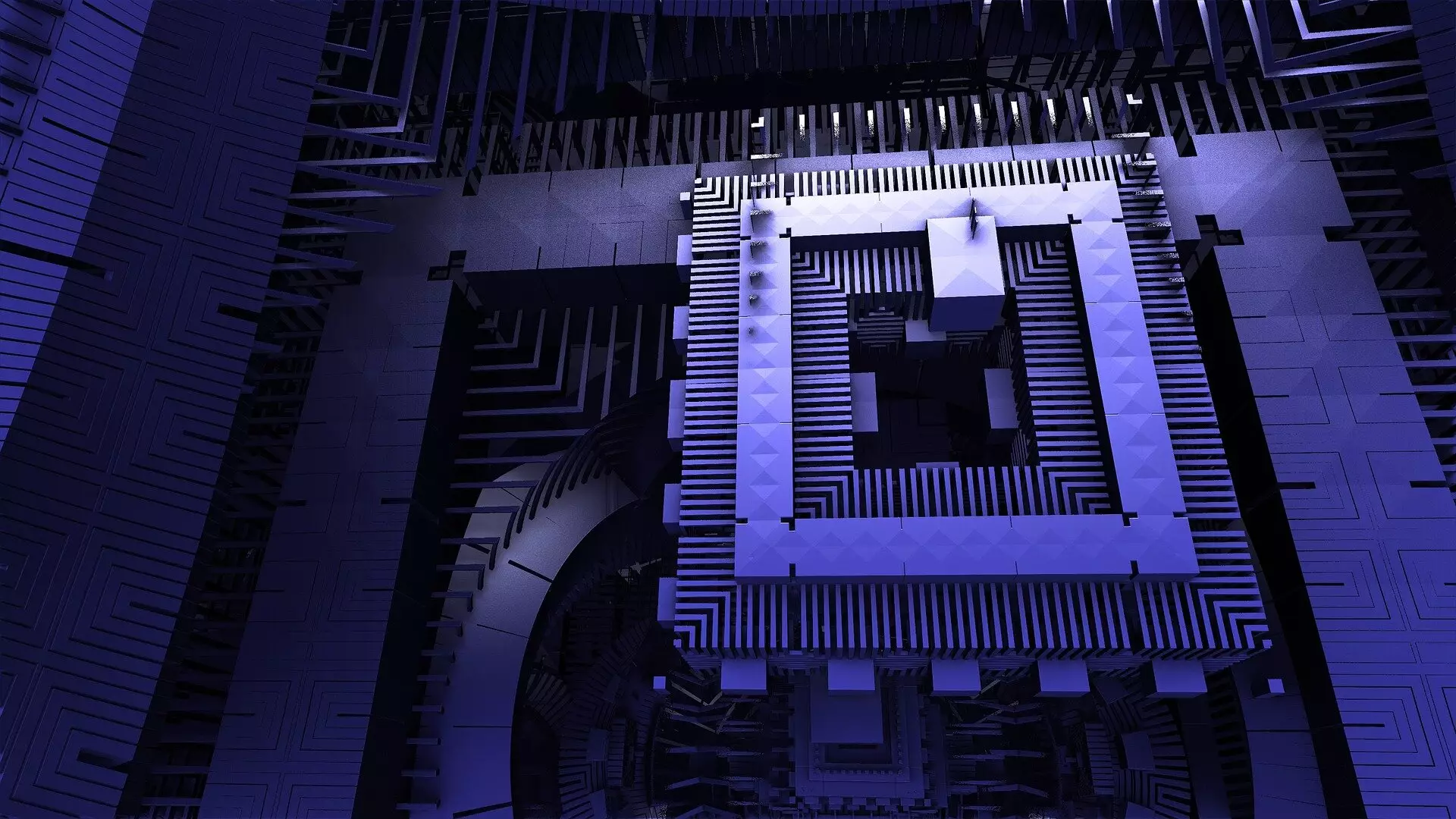The exploration of quantum computing has ushered in a new era of potential technological advancements, with researchers tirelessly searching for materials that can leverage the peculiarities of quantum mechanics. A recent pivotal development from a collaborative team of scientists in the United States, helmed by physicist Peng Wei at the University of California, Riverside, has unveiled a new superconductor material, which may serve as a cornerstone for future quantum computing technologies. This innovation opens the door not only to enhanced computational speed but also to the creation of stable quantum states that were previously elusive to researchers.
Understanding the Material: Trigonal Tellurium
At the heart of this breakthrough is trigonal tellurium, a unique chiral material characterized by its non-superimposable mirror images—akin to our left and right hands. This distinct property plays a critical role in the material’s potential as a topological superconductor. Chiral materials inherently exhibit special quantum states at their boundaries, making them ideal candidates for hosting qubits, the foundational units of quantum information. The fascinating aspect of trigonal tellurium is that, despite being non-magnetic, it presents quantum states at the interface with remarkable spin polarization, a phenomenon that can be harnessed to enrich quantum computing protocols.
The merge of trigonal tellurium with a surface-state superconductor formed at the surface of a gold thin film leads to a groundbreaking two-dimensional interface superconductor. By optimizing the interface’s cleanliness between these materials, the researchers demonstrated an unprecedented enhancement in spin energy, significantly outpacing traditional superconductors.
The experimental findings highlighted an intriguing aspect of the interface superconductor; it undergoes transformative behavior when subjected to magnetic fields. The team observed that under high-field conditions, the material transitions towards a “triplet superconductor” state. This transition indicates a greater stability under magnetic influences, a pivotal discovery since traditional superconductors often lose efficacy in such environments. The implications of this behavior suggest potential pathways to developing superconductors that can better withstand real-world operational challenges.
Moreover, collaborations with the National Institute of Standards and Technology have further validated these findings. Researchers demonstrated that their new superconductor architecture can mitigate issues commonly faced by superconductors, such as decoherence caused by defects in materials, particularly niobium oxides. This is an essential consideration given that decoherence is a significant barrier to the practical realization of quantum computers.
The prospects of this novel superconductor technology, characterized by a remarkable quality factor reaching 1 million, are vast, particularly for its applications in quantum computing. The intricate balance of creating low-loss microwave resonators paves the way for achieving high-quality components essential for constructing reliable qubits. This remarkable feat stems from utilizing materials that are an order of magnitude thinner than those currently existing in the quantum computing sphere, showcasing an innovative engineering approach to material selection.
The significance of these advancements lies in their potential to mitigate decoherence, thus instilling confidence in building larger-scale quantum systems. Reducing decoherence is a pressing issue in quantum computing, as information loss severely hampers computational abilities. By employing non-magnetic materials as opposed to traditional magnetic counterparts, Wei’s research addresses previous limitations, paving the way for cleaner operational environments.
As the landscape of quantum computing continues to evolve, the emergence of this new superconductor material signifies a substantial step towards scalability and reliability in quantum components. The potential applications of this research are not just theoretical but hold real-world implications that could redefine computational capabilities. Wei and his graduate team have laid down a promising pathway brimming with possibilities for future investigations in quantum technologies. The provisional patent filed in conjunction with this research further underscores the strategic importance and innovative spirit driving this endeavor. As we stand on the brink of a quantum revolution, advancements like these bring us closer to unlocking the full potential of quantum computing.


Leave a Reply